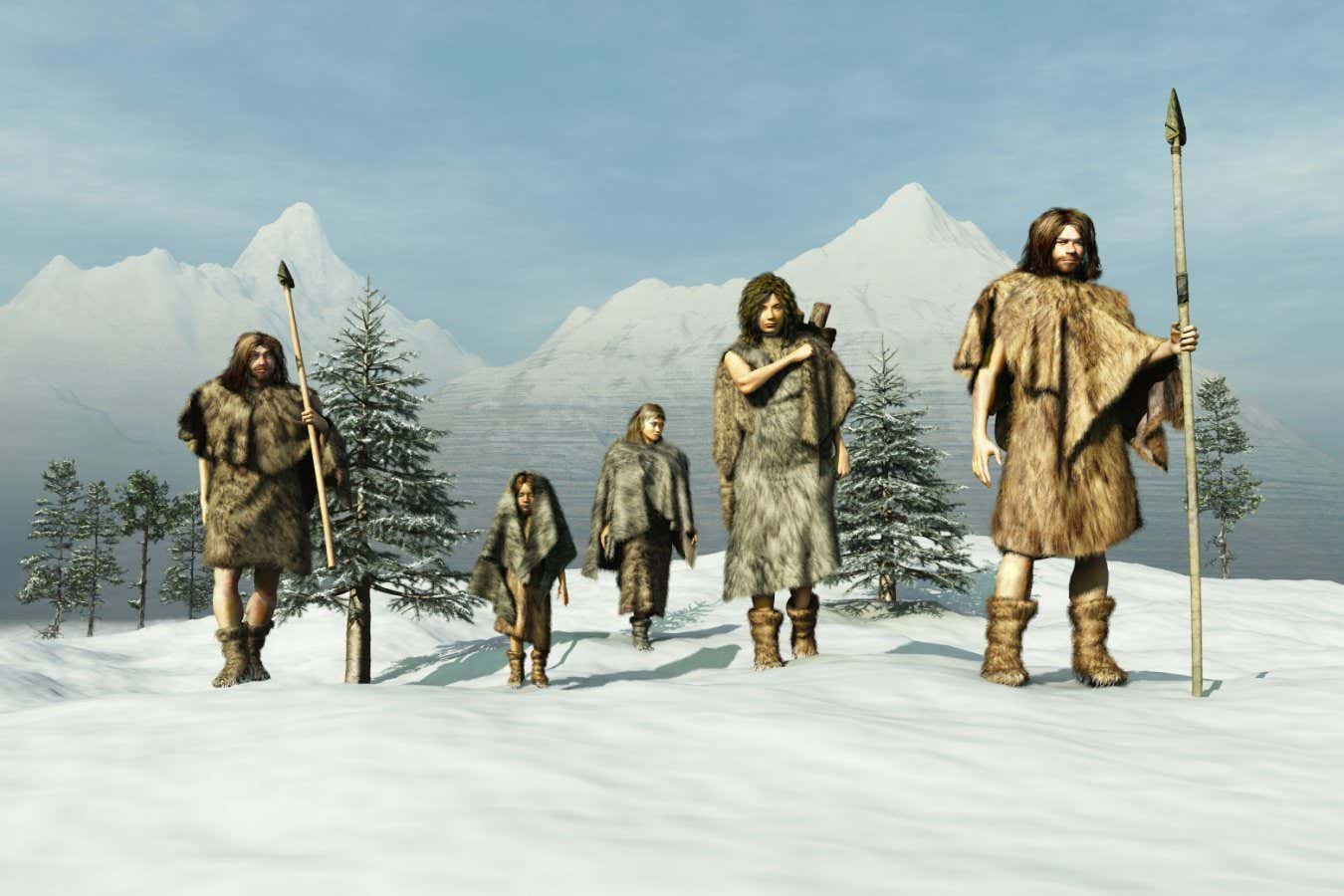Humans first arrived in South America through a series of extraordinary migrations – and genetic studies now reveal more about how they settled and then split into four distinct groups on the continent
By Michael Marshall
10 June 2025
A colder climate than we have now let ancient people cross the Bering land bridge and enter the Americas
Getty Images/iStockphoto
This is an extract from Our Human Story, our newsletter about the revolution in archaeology. Sign up to receive it in your inbox every month.
A central plot point in the human story is our species’ worldwide spread. From our homelands in Africa, our ancestors went to Europe, Asia, Australia and, eventually, to the Americas. The last continent they reached was South America (apart from Antarctica, but let’s not worry about that).
This is a curiously understudied chapter in our story. Huge amounts of research effort have gone into figuring out when and where humans first entered Europe, Asia and North America, but there’s been less attention to the first arrivals in South America.
That’s reflected in my own output: looking back through the archive of Our Human Story, I realised the last time I wrote in any depth about South America was June 2023.
However, that’s starting to change. On 15 May, Science published a massive genetic study of South Americans, which sheds a lot of light on the early peopling of the continent. It reveals a four-way split in the population as groups dispersed to different regions of the landmass. It also fits into an emerging story of extraordinary journeys – and the tremendous risks that were sometimes involved in moving to a new continent.
Read more
A family tree of humanity released in 2022 shows how we're all related
